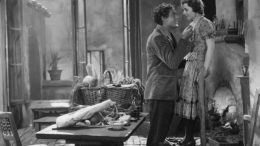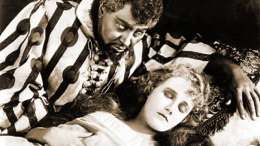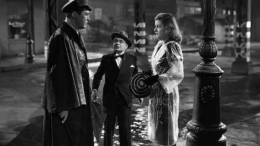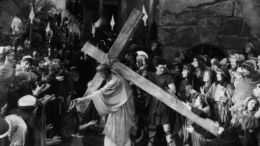In Cecil B. DeMille’s immense filmography of 78 films between 1914 and 1958, all trace of Carmen from Bizet’s opera was lost for a long time.
The role of the protagonist, the free and fickle gypsy Carmen, with whom the nobleman José falls in love and even kills for her, was entrusted to Geraldine Farrar, at that time first woman of the Metropolitan of New York. With her provocative gaze, thin mouth and languid eyes, Farrar is the splendid interpreter of DeMille’s version, inspired by Mérimée’s novel and destined to be revived countless times on screen in the years to come.
– WITH HIS BROTHER WILLIAM AS SCREENWRITER, C.B. DE MILLE WANTED TO TAKE INSPIRATION FROM THE WORK OF GEORGES BIZET, BUT THE MUSICIAN’S HEIRS CREATED SO MANY PROBLEMS THAT HE, LIKE THE OTHERS, TOOK INSPIRATION FROM THE WORK OF PROSPER MERIMÉE.
– IT IS ONE OF 13 FILMS HE DIRECTED IN 1915. IT LEFT NO TRACE.
– EFFECTIVE BULLFIGHTING SCENES.
subject: Short story "Carmen" by Prosper Mérimée, Opera "Carmen" by Georges Bizet
script: William C. DeMille
photography: Alvin Wyckoff
mounting: Anne Bauchens, Cecil B. DeMille
scenography: Wilfred Buckland
other titles: Carmen
color: Bianco & Nero
taken from: Short story "Carmen" by Prosper Mérimée, Opera "Carmen" by Georges Bizet
production company: JESSE L. LASKY FEATURE PLAY COMPANY




